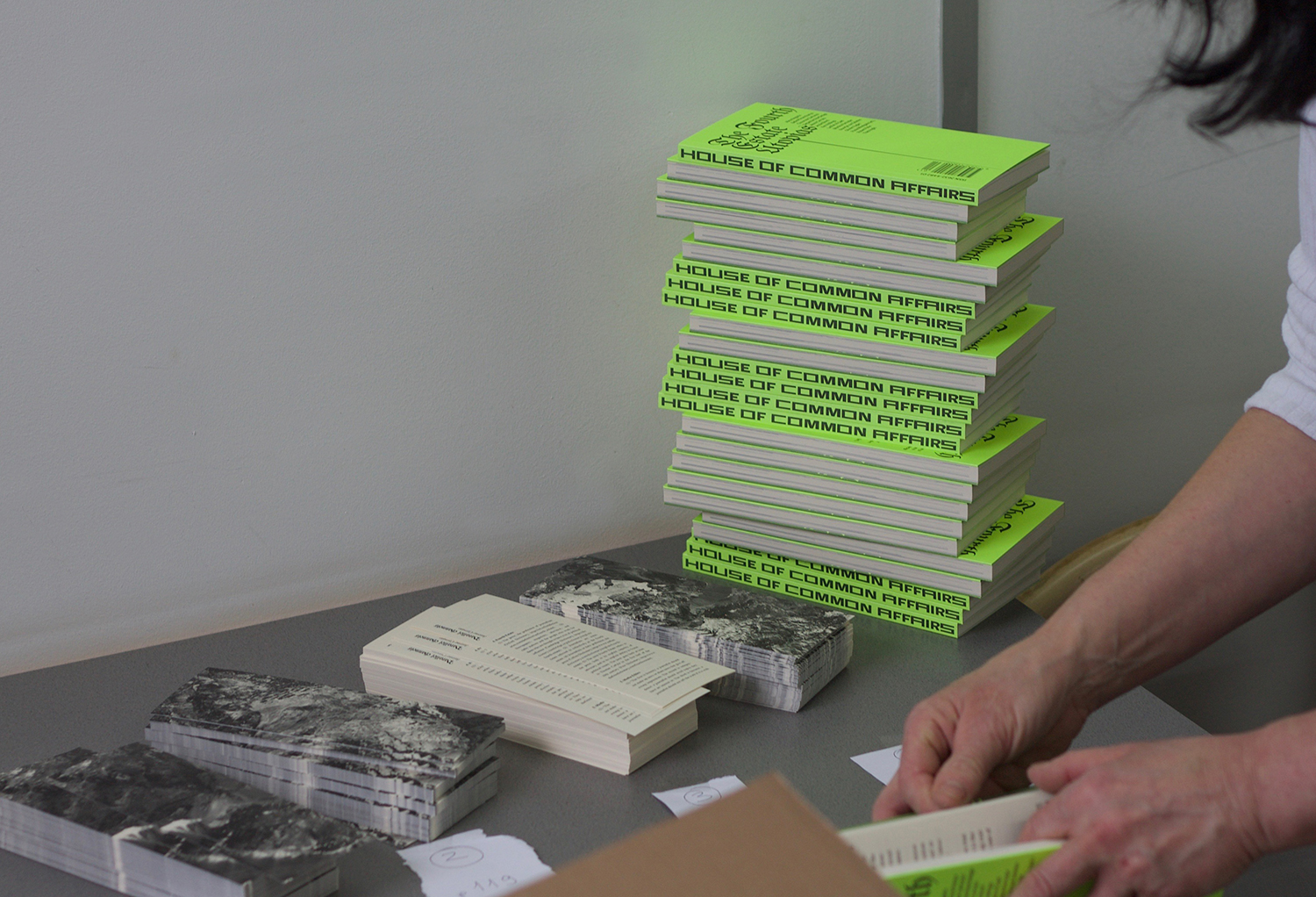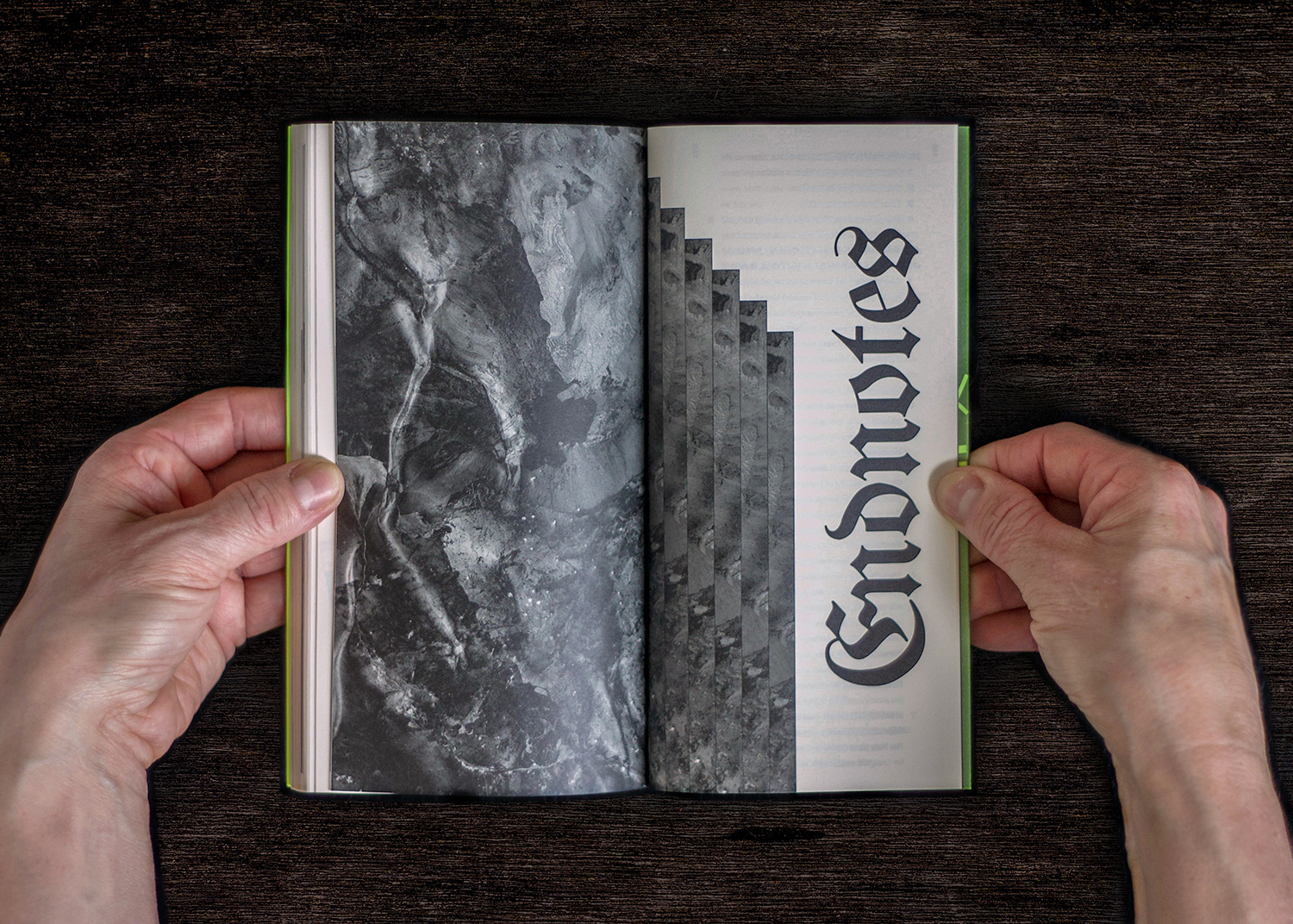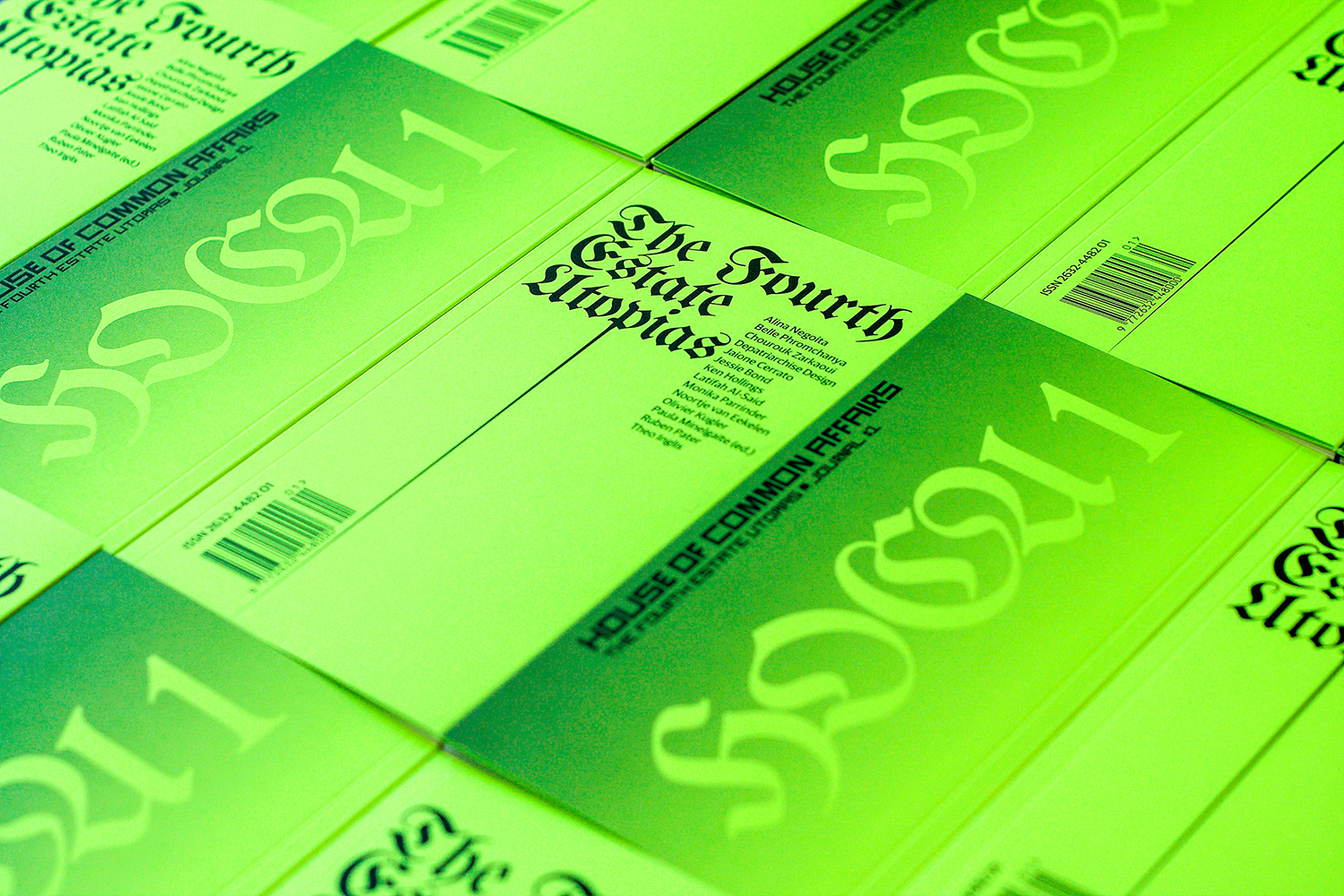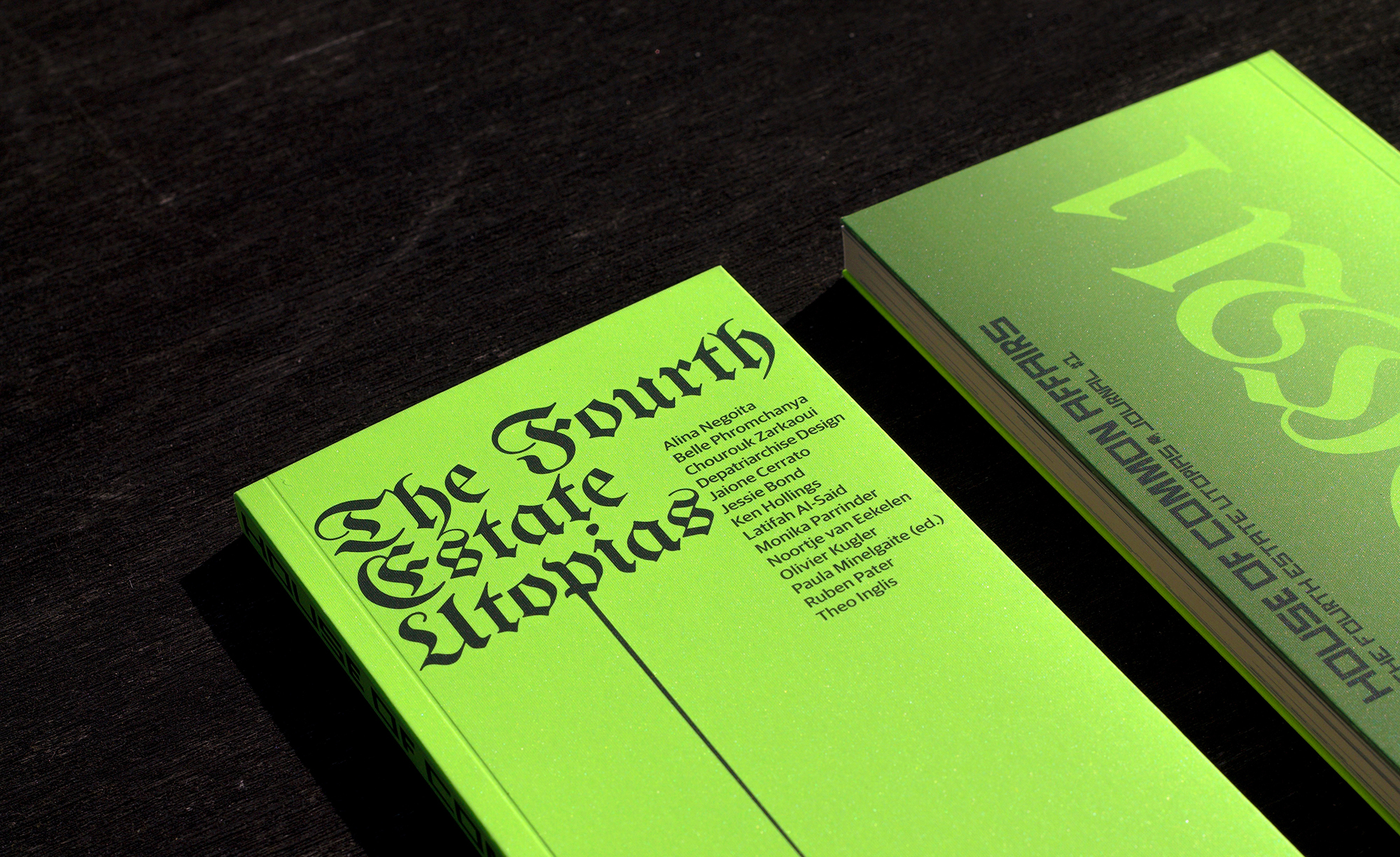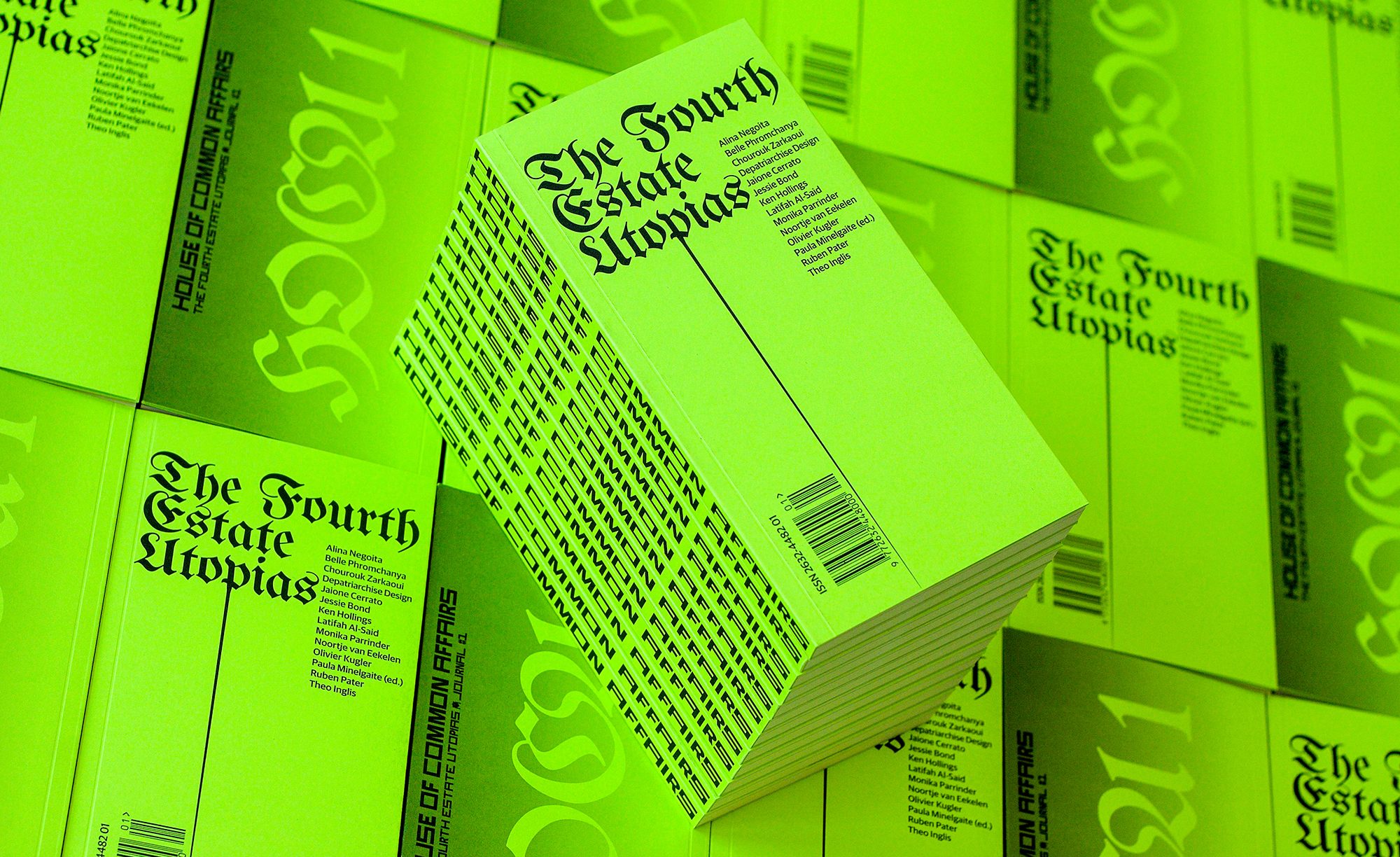
House of Common Affairs
Royal College of Art graduate Paula Minelgaite combines art and journalism to critically examine the role of design in society
How can art and design education positively contribute to society?
This question is the driving force behind House of Common Affairs (HOCA), a platform founded by Paula Minelgaite with the aim to investigate the role of design in constructing our perception of reality. Operating at the intersection of art and journalism, HOCA explores the relationship between creative practices, current affairs and how design presents information to the public sphere. It’s a diverse and critically engaged project, creating and showcasing important conversations in a way that provides critique as much as it opens pathways for richer and more nuanced discussions.
Paula categorises this work as ‘artistic journalism’. Encompassing social design, design research, critical design and speculative design, this phrase draws out the elements they have in common: “researching, questioning and presenting social issues in an engaging way.” Indeed, Paula’s choice not to use the phrase ‘critical design’ is one made consciously in an effort to avoid the inaccessibility and exclusion often associated with the discipline. “There has been a lot of criticism written about how self-righteous and elitist critical design and academia often are,” she muses. “Political or social messages do not automatically make a project artistic journalism, therefore self-reflexivity is crucial when working with subject matter that affects others.” With this in mind, Paula is careful to question the biases and limitations in her work with regard to the educational and socio-political context in which it stands.
These principles of inclusivity and accessibility have been at the heart of HOCA since its conception. Before finding its way to print, the project started life as a series of public forums, hosted at the Royal College of Art, consisting of lectures, debates and performances designed specifically to encourage strong audience involvement. When inviting contributors later on, Paula was keen to amplify voices that are often overlooked by institutions providing support for these kinds of projects. In doing so, she hopes to combat the lack of “supportive infrastructure for people who aren’t white, male, middle-class, heterosexual or even native to the country they are practising in.”
Wanting to open up these insightful exchanges to those who could not attend the events, Paula shared them “in a way that was most exciting to [her]: a beautiful publication.” Issue one, ‘Fourth Estate Utopias’, combines the forum transcripts with essays and interviews, weaving them together in a rich and often humorous investigation into the role of media and communications in framing political issues. Pocket-sized and fluorescent yellow, ‘Fourth Estate Utopias’ is intended to be “eminently pickup-able” and designed to encourage “readers to go through the content more than once and ponder over how the texts inter-relate to highlight the interdependent nature of the ideas at hand.”
Paula is now diving into concept research for HOCA’s next issue, which will explore architecture in relation to journalism. With several potential collaborators and contributors already interested, she’s eager to uncover the fascinating and wide-ranging conversations this instalment promises to initiate. “I’m really keen to learn about how architecture relates to journalism,” she tells us. “It’s all very exciting!”

